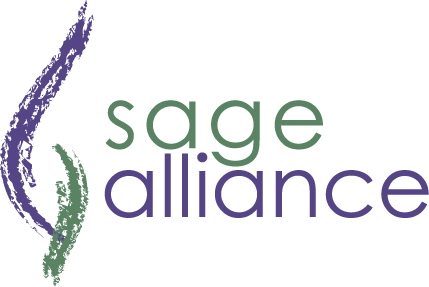
What’s your biggest challenge working on a remote team? With the increasing globalization of team’s, colleagues are spread out in different offices, across time zones and in an array of different countries. Where face-to-face was once the norm, there is no longer this level of interaction on a day-to-day basis. And furthermore we may never have met our colleague’s in-person at all. With this changing landscape teams are further taxed adding to their already growing list of challenges of limited time and resources to accomplish their jobs.
In a LinkedIn poll I conducted, I wanted to better understand the challenges of working on a remote team. While the answers I uncovered may not be surprising they further highlight the importance of communication.
The number one answer was Communicating Effectively at 31% which was closely followed by Establishing Trust and Rapport at 24%. The remaining three responses ranged between 12% and 18%. And while I would argue all of these challenges are equally important they are all built on a foundation of communication. Without effective communication you can’t hope to address these other issues. You cannot have effective communication if trust hasn’t been established and the converse is true, you cannot establish trust unless you have clarity in communications. This got me thinking about how do you establish trust, build relationships and improve communications when there may be an ocean separating you from your co-workers.
While there may be opportunities for web based calls and virtual meet-ups, typically much of our communication occurs over the phone in a conference call culture which provides us with limited social and emotional cues into a fellow colleague. Without the face-to-face interaction we are ultimately forming our impressions solely on what we hear. This can give us a false sense of an individual’s style and approach. We lose the ability to gauge facial expressions and read body language. While you’ve probably not thought much about this, it is far more important than you realize.
Research in this area supports 55% of what we hear is based on non-verbal cues or what we actually see. If we don’t have this information available, how might that skew our impressions and impact our behaviors when we interact with others remotely? Think of it in another way. We are communicating with our colleagues with only half the data available to us. Imagine if you were working on a vital project but only half the needed data was available to you and the remaining half was unattainable. Yet you still had to make a critical decision, would you feel confident in your recommendation? This is in essence what occurs when we communicate over the phone.
And furthermore, of the 45% of what we actually hear, only 7% of the way a message is received is composed of the actual words we use. While 38% is communicated through the tone of our voice and voice inflection. I have to say it, my mother was right; it’s not what you say but how you say it. Our volume, tone, inflection, speed and energy through which we speak all leave an impression on our listener which may strengthen or weaken our overall relationship.
The following are some best practices to streamline communications for remote teams:
1. Connect on a personal level. We run the risk of focusing solely on the task at hand when communicating remotely. By getting to know your colleague personally it adds an additional level of rapport which in turn helps build trust.
2. Share top priorities. The more you and your co-worker know about each other’s responsibilities and priorities, the more effective you both will be. This identifies synergies and helps red flag areas that may be outside the scope of goals or priorities.
3. Define expectations clearly. And establish these expectations from the onset. It’s not enough to assume you are on the same page. Reach out and ensure you are actually on the same page with your colleagues.
4. Address issues upfront. As issues arise, address them up front to avoid future misunderstandings. Otherwise issues can fester damaging the relationship and putting undue stress on remote relationships that have little opportunity for face-time.
5. Be intentional. Establish your own best practices of how often you reach out with key individuals. Consistent communications becomes increasingly more important when face-to-face interactions are limited.
6. Move from reactive to proactive. The more informal, water cooler communications are not effective here. Be more proactive in what you communicate. This takes a bit more practice and planning.
7. It’s not what you say but how you say it. It’s your volume, tone, inflection, speed and energy through which you speak. Ensure these are convening the message you set out to communicate. Otherwise you may leave your listener with a false impression of your intention.
8. Tailor your communications. Observe and learn how others communicate. Based on your colleague’s communication style ask more questions to adapt your style to that of your colleague. If you have the benefit, an industry-leading assessment can provide insight here.
Working remotely takes commitment and discipline. Improved communications is the cornerstone for developing a strong remote team. These suggestions will help you create an open forum to share ideas, best practices and establish relationships that will further the team culture.
Sage Alliance, a Leadership Performance Company, provides coaching, teambuilding and assessments, workshops and speaking on topics including; leadership development, empowering teams, communications, lasting impressions, personal branding and building a coaching culture for executives and high-potentials – for both team and individual leaders.
Contact us today to discover how your organization can get the most through improved productivity, efficiency and direct impact to your bottom line, while leaders gain powerful insight, crystallize opportunities for growth and fine tune their strengths, enabling them to make the greatest impact. You can contact Shelley Hammell directly at shammell@thesagealliance.com.
